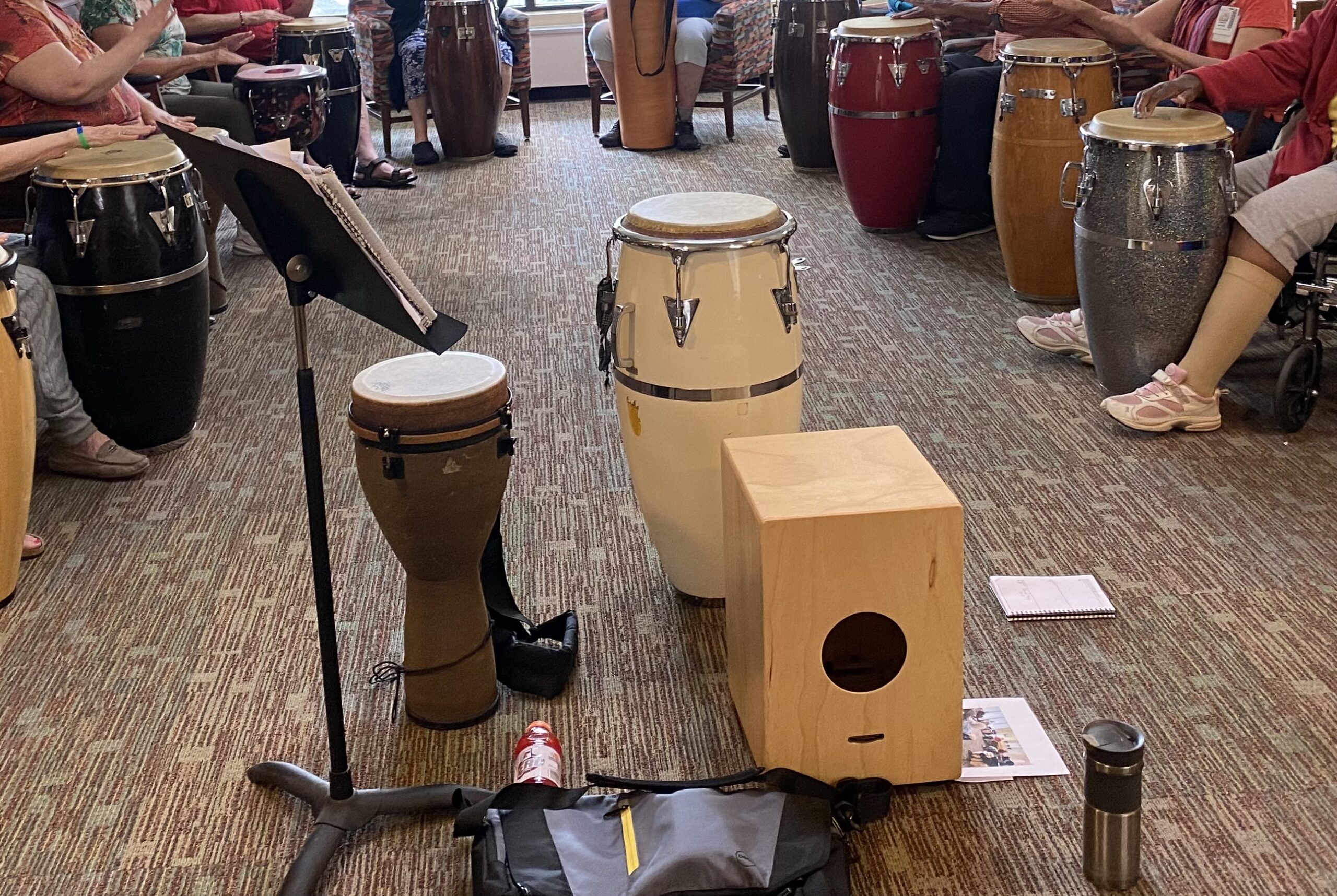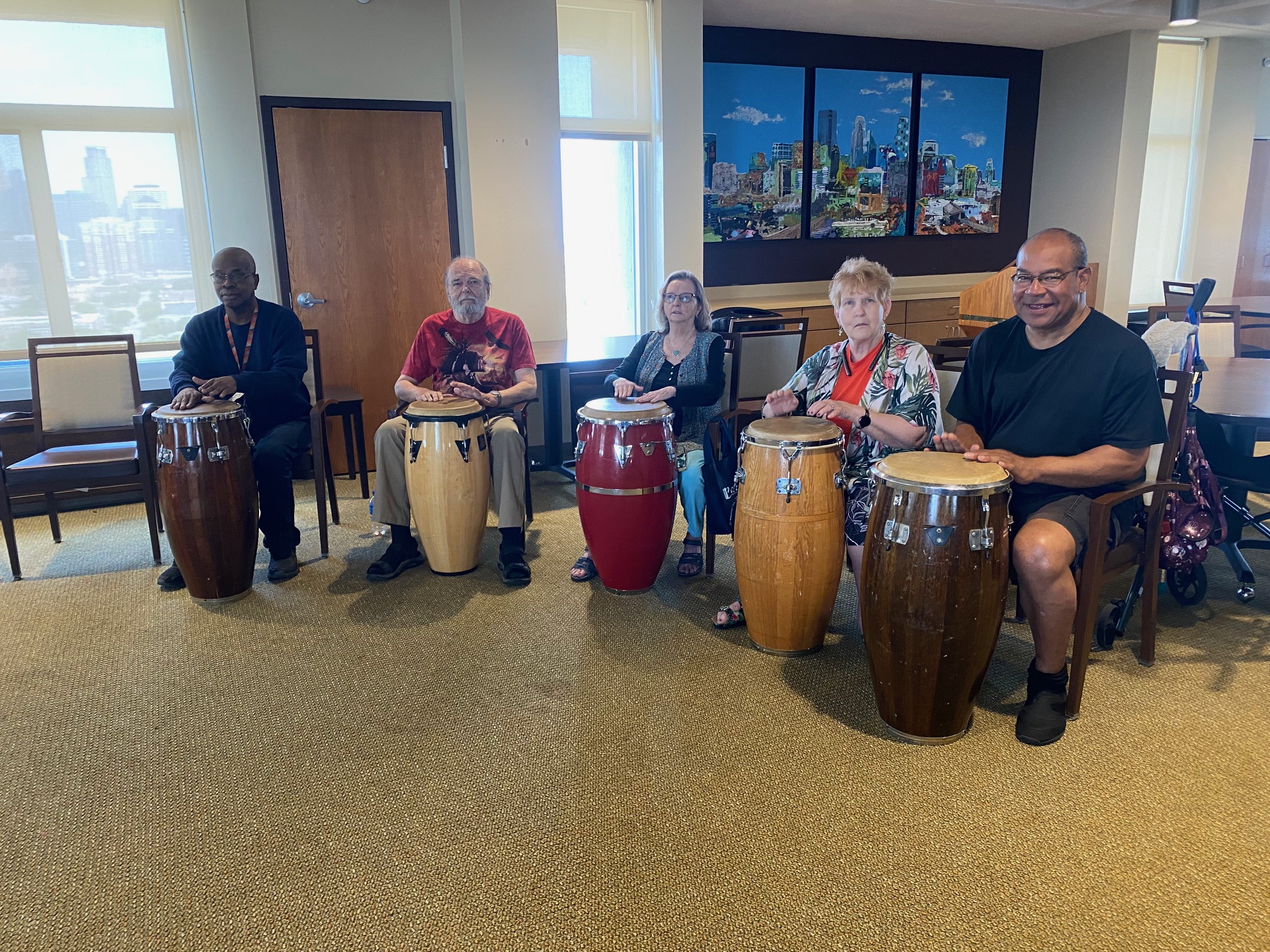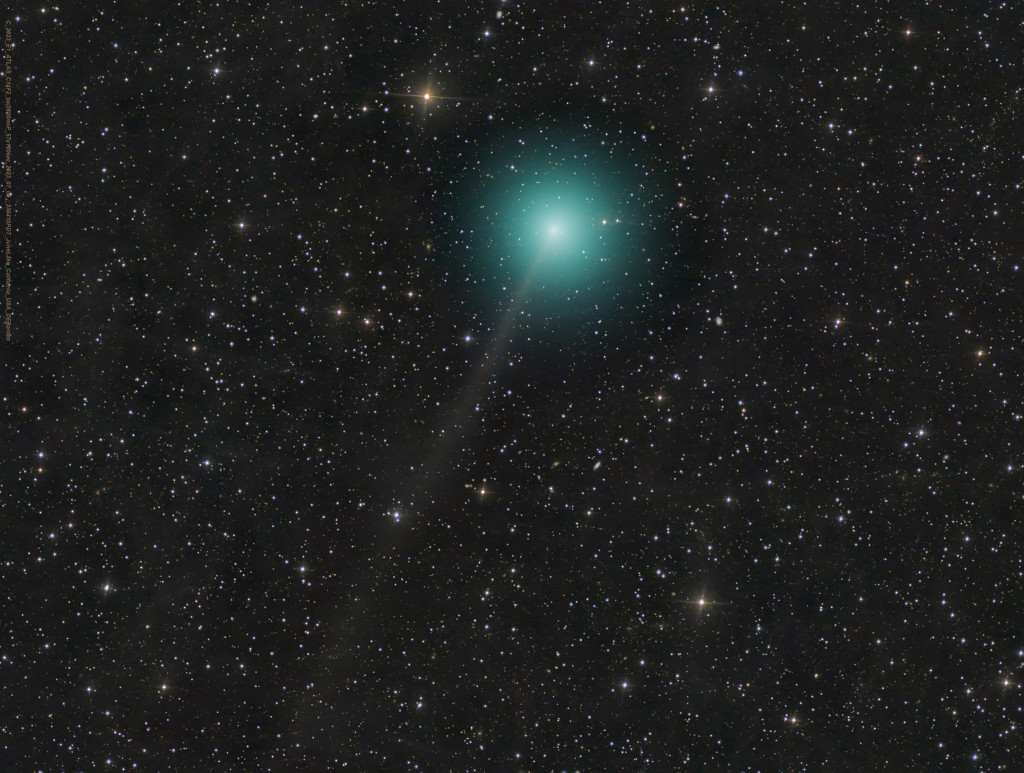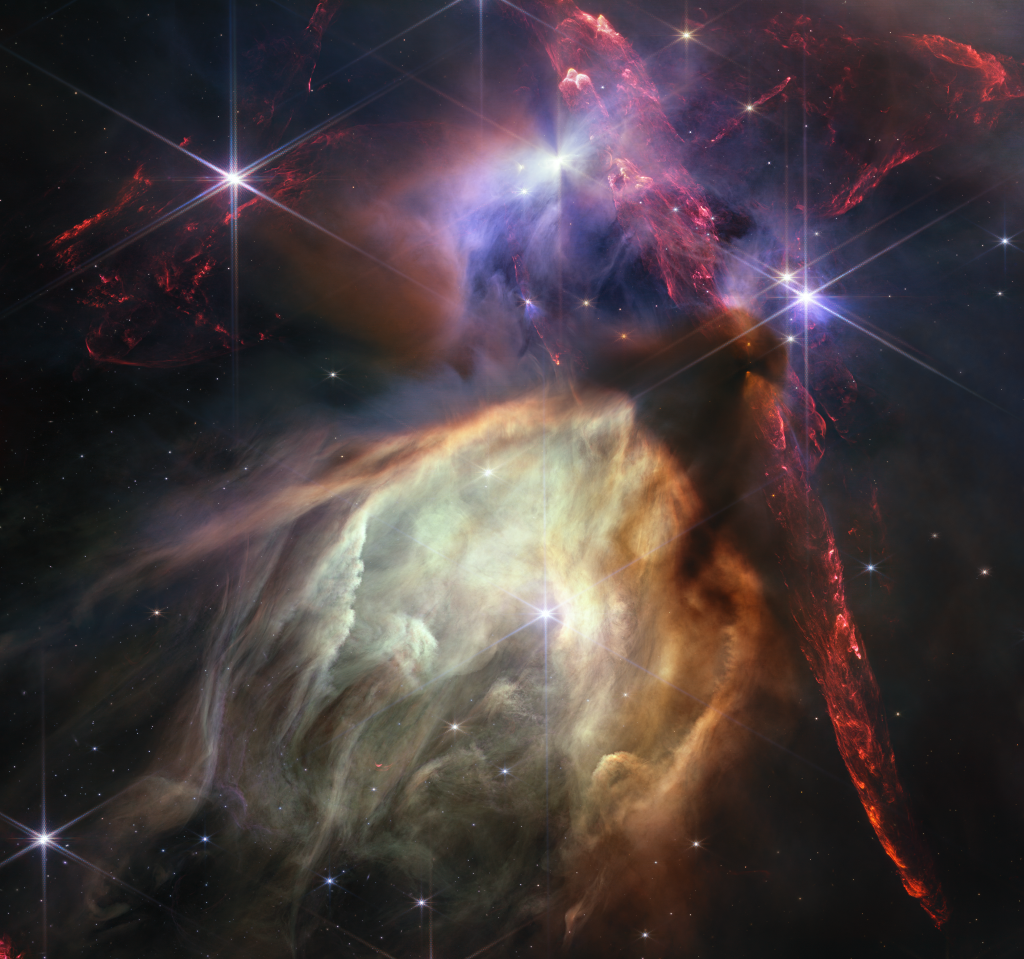Blog
Joseph Satriani (born July 15, 1956) is an American rock guitarist, composer, songwriter, and guitar instructor. Early in his career, he worked as a guitar instructor, with many of his former students achieving fame, including Steve Vai, Larry LaLonde, Rick Hunolt, Kirk Hammett, Andy Timmons, Charlie Hunter, Kevin Cadogan, and Alex Skolnick. Satriani went on to have a successful solo music career, starting in the late 1980s. He is a 15-time Grammy Award nominee and has sold over 10 million albums, making him the bestselling instrumental rock guitarist of all time.
In 1988, Satriani was recruited by Mick Jagger as lead guitarist for his first solo tour. Satriani briefly toured with Deep Purple, joining shortly after another departure of Ritchie Blackmore from the band in November 1993. He has worked with a range of guitarists during the G3 tour, which he founded in 1995. Satriani has been the guitarist for the supergroup Chickenfoot since joining the band in 2008.
Satriani was born in Westbury, New York of Italian descent. His paternal grandparents were from Piacenza and Bobbio, while his maternal grandparents were from Bari. He was raised Roman Catholic.He was inspired to play guitar at age 14, after hearing of the death of Jimi Hendrix. Satriani heard the news during football practice, where he then announced to his coach that he was quitting to become a guitarist.
more...
Joseph Rudolph “Philly Joe” Jones (July 15, 1923 – August 30, 1985) was an American jazz drummer.
As a child, Jones appeared as a featured tap dancer on The Kiddie Show on the Philadelphia radio station WIP. He was in the US Army during World War II.
In 1947 he became the house drummer at Café Society in New York City, where he played with the leading bebop players of the day, including Tadd Dameron. From 1955 to 1958, Jones toured and recorded with Miles Davis Quintet — a band that became known as “The Quintet” (along with Red Garland on piano, John Coltrane on sax, and Paul Chambers on bass). Davis acknowledged that Jones was his favorite drummer,[3] and stated in his autobiography that he would always listen for Jones in other drummers.
From 1958, Jones worked as a leader, but continued to work as a sideman with other musicians, including Bill Evans and Hank Mobley. Evans, like Davis, also openly stated that Jones was his all-time favorite drummer.
more...The Chorus Line opens tonight Friday July 14th at 7pm by Theatre 55 performing outdoors at Caponi Art Park in Eagan. Music by Raymond Berg, Lyra Olson, Clay Pufahl and mick laBriola. Running thru July 23rd. Only six shows.



Comet C/2023 E1 (ATLAS) was just spotted in March, another comet found by the NASA funded Asteroid Terrestrial-impact Last Alert System. On July 1 this Comet ATLAS reached perihelion, its closest approach to the Sun. Shortly afterwards the telescopic comet was captured in this frame sporting a pretty greenish coma and faint, narrow ion tail against a background of stars in the far northern constellation Ursa Minor. This comet’s closest approach to Earth is still to come though. On August 18 this visitor to the inner Solar System will be a mere 3 light-minutes or so from our fair planet. Based on its inclination to the ecliptic plane and orbital period of about 85 years C/2023 E1 (ATLAS) is considered a Halley-type comet.

James Beck Gordon (July 14, 1945 – March 13, 2023) was an American musician, songwriter, and convicted murderer. Gordon was a session drummer in the late 1960s and 1970s and was the drummer in the blues rock supergroup Derek and the Dominos.
In 1983, in a psychotic episode associated with undiagnosed schizophrenia, Gordon murdered his mother and was sentenced to 16 years to life in prison, remaining incarcerated until his death in 2023.
Gordon was raised in the San Fernando Valley of Los Angeles and attended Grant High School. He passed up a music scholarship to UCLA in order to begin his professional career in 1963, at age 17, backing the Everly Brothers. He went on to become one of the most sought-after recording session drummers in Los Angeles. The protégé of studio drummer Hal Blaine, Gordon performed on many notable recordings in the 1960s, including Pet Sounds, by the Beach Boys (1966); Gene Clark with the Gosdin Brothers, by Gene Clark (1967); The Notorious Byrd Brothers, by the Byrds (1968); and the hit “Classical Gas“, by Mason Williams (1968). At the height of his career Gordon was reportedly so busy as a studio musician that he flew back to Los Angeles from Las Vegas every day to do two or three recording sessions and then returned in time to play the evening show at Caesars Palace.
more...Woodrow Wilson Guthrie (/ˈɡʌθri/; July 14, 1912 – October 3, 1967) was an American singer-songwriter, one of the most significant figures in American folk music. His work focused on themes of American socialismand anti-fascism. He inspired several generations both politically and musically with songs such as “This Land Is Your Land“.
Guthrie wrote hundreds of country, folk, and children’s songs, along with ballads and improvised works. Dust Bowl Ballads, Guthrie’s album of songs about the Dust Bowl period, was included on Mojo magazine’s list of 100 Records That Changed The World, and many of his recorded songs are archived in the Library of Congress. Songwriters who have acknowledged Guthrie as a major influence on their work include Bob Dylan, Phil Ochs, Johnny Cash, Bruce Springsteen, Robert Hunter, Harry Chapin, John Mellencamp, Pete Seeger, Andy Irvine, Joe Strummer, Billy Bragg, Jerry Garcia, Bob Weir, Jeff Tweedy, Tom Paxton, Brian Fallon, Sean Bonnette, and Sixto Rodríguez. He frequently performed with the message “This machine kills fascists” displayed on his guitar.
Guthrie was brought up by middle-class parents in Okemah, Oklahoma. He married at 19, but with the advent of the dust storms that marked the Dust Bowl period, he left his wife and three children to join the thousands of Okies who were migrating to California looking for employment. He worked at Los Angeles radio station KFVD, achieving some fame from playing hillbilly music, made friends with Will Geer and John Steinbeck, and wrote a column for the communist newspaper People’s World from May 1939 to January 1940.
Throughout his life, Guthrie was associated with United States communist groups, although he apparently did not belong to any. With the outbreak of World War II and the Molotov–Ribbentrop non-aggression pact the Soviet Union had signed with Germany in 1939, the anti-Stalin owners of KFVD radio were not comfortable with Guthrie’s political leanings after he wrote a song praising the Molotov–Ribbentrop Pact and the Soviet invasion of Poland. He left the station, ending up in New York, where he wrote and recorded his 1940 album Dust Bowl Ballads, based on his experiences during the 1930s, which earned him the nickname the “Dust Bowl Troubadour”. In February 1940, he wrote his most famous song, “This Land Is Your Land“. He said it was a response to what he felt was the overplaying of Irving Berlin‘s “God Bless America” on the radio.
Guthrie was married three times and fathered eight children. His son Arlo Guthrie became nationally known as a musician. Woody died in 1967 from complications of Huntington’s disease. His first two daughters also died of the disease.
more...Alan Dawson (July 14, 1929 – February 23, 1996) was an American jazz drummer and percussion teacher based in Boston. Dawson was born in Marietta, Pennsylvania and raised in Roxbury, Massachusetts. Serving in the U.S. Army during the Korean War, he played with the Army Dance Band while stationed at Fort Dix from 1951 to 1953. During his tenure, Dawson explored the post-bop era by performing with pianist Sabby Lewis. After being discharged from the army, Dawson toured Europe with Lionel Hampton.
In early 1960, he was based in Boston for a regular engagement with John Neves, bass, and Leroy Flander, piano.
Dawson was an early teacher of drummers Tony Williams and Joseph Smyth, known for his work with the Sawyer Brown country music group. Other students included Terri Lyne Carrington, Julian Vaughn, Vinnie Colaiuta, Steve Smith, Kenwood Dennard, Gerry Hemingway, Jeff Sipe, Billy Kilson, Joe Farnsworth, Bob Gullotti, and many others. Dawson began teaching at Berklee College of Music in 1957. He suffered a ruptured disc in 1975 which led to him halting his touring schedule, to leave Berklee and limit his teaching to his home in Lexington, Massachusetts.
more...By the 19th century, these “jotas de Cádiz” began to flatter, approaching the rhythms of the soleá. This favors a differentiation from the rest of the flamenco styles of the time, which tended to be more dramatic.
Singers like Paco Hidalgo or El Quiqui did a lot for the evolution of this style, which was finally called alegrías, because of the way they referred to it when they were going to interpret it, as “happy song”and “for happy”.
At the end of the 19th century, it was Enrique El Mellizo, who molded this style to the flamenco form that we recognize today, pointing the way forward to future singers such as Romero El Tito, José Ortega ‘El Águila’, Gabriela Ortega or Macaca, among others . What it did was slow down its rhythm so it could be sung.
Enrique Butrón fixed the flamenco form of this cante (singing), while Ignacio Ezpeleta introduced the famous “tiriti, trán, trán trán” at the beginning of it, an expression that makes it recognizable from other flamenco styles. Its compass is similar to that of the soleás, although with a more cheerful tone than these.
As for the structure, the alegrías has four octosyllabic verses, which can be linked to the playful (letters that complement the singings by cantiñas) of three or four verses, following the wake of the classical seguiriya, formed by a couplet and chorus.
more...https://www.youtube.com/watch?v=1pcyou9QtwE
more...A mere 390 light-years away, Sun-like stars and future planetary systems are forming in the Rho Ophiuchi molecular cloud complex, the closest star-forming region to our fair planet. The James Webb Space Telescope’s NIRCam peered into the nearby natal chaos to capture this infrared image at an inspiring scale. The spectacular cosmic snapshot was released to celebrate the successful first year of Webb’s exploration of the Universe. The frame spans less than a light-year across the Rho Ophiuchi region and contains about 50 young stars. Brighter stars clearly sport Webb’s characteristic pattern of diffraction spikes. Huge jets of shocked molecular hydrogen blasting from newborn stars are red in the image, with the large, yellowish dusty cavity carved out by the energetic young star near its center. Near some stars in the stunning image are shadows cast by their protoplanetary disks.

James Roger McGuinn /məkˈɡwɪn/ (born James Joseph McGuinn III; July 13, 1942) is an American musician. He is best known for being the frontman and leader of the Byrds. He was inducted into the Rock and Roll Hall of Fame for his work with the Byrds. As a solo artist he has released 10 albums and collaborated with, among others, Bob Dylan, Tom Petty and Chris Hillman. The 12-string Rickenbacker guitar is his signature instrument.
McGuinn was born and raised in Chicago, Illinois, United States, son of James Joseph McGuinn Jr (b. 1909) and Dorothy Irene (b. 1911), daughter of engineer Louis Heyn. His parents worked in journalism and public relations, and during his childhood, they had written a bestseller titled Parents Can’t Win. He attended the Latin School of Chicago. He became interested in music after hearing Elvis Presley‘s “Heartbreak Hotel“, and asked his parents to buy a guitar for him. (During the early 1980s, he paid tribute to the song that encouraged him to play guitar by including “Heartbreak Hotel” in his autobiographical show). Around the same time, he was also influenced by country artists and/or groups such as Johnny Cash, Carl Perkins, Gene Vincent, and the Everly Brothers.
more...Albert Ayler July 13, 1936 – November 25, 1970) was an American avant-garde jazz saxophonist, singer and composer.
After early experience playing R&B and bebop, Ayler began recording music during the free jazz era of the 1960s. However, some critics argue that while Ayler’s style is undeniably original and unorthodox, it does not adhere to the generally accepted critical understanding of free jazz. In fact, Ayler’s style is difficult to categorize in any way, and it evoked incredibly strong and disparate reactions from critics and fans alike.His innovations have inspired subsequent jazz musicians.
His trio and quartet records of 1964, such as Spiritual Unity and The Hilversum Session, show him advancing the improvisational notions of John Coltrane and Ornette Coleman into abstract realms where whole timbre, and not just mainly harmony with melody, is the music’s backbone. His ecstatic music of 1965 and 1966, such as “Spirits Rejoice” and “Truth Is Marching In”, has been compared by critics to the sound of a brass band, and involved simple, march-like themes which alternated with wild group improvisations and were regarded as retrieving jazz’s pre-Louis Armstrong roots.
Born in Cleveland, Ohio, and raised in Shaker Heights, Ayler was first taught alto saxophone by his father Edward, who was a semiprofessional saxophonist and violinist. Edward and Albert played alto saxophone duets in church and often listened to jazz records together, including swing era jazz and then-new bop albums.
more...Peter Michael Escovedo (born July 13, 1935 in Pittsburg, California) is an American percussionist.
With his two brothers, he formed Escovedo Bros Latin Jazz Sextet, before Carlos Santana hired Pete and Coke Escovedo for his group. He led the 14–24 piece Latin big band Azteca. His daughter is the singer-percussionist Sheila E. They were both presented with the Latin Grammy Lifetime Achievement Award in 2021
more...
Leroy Vinnegar (July 13, 1928 – August 3, 1999) was an American jazz bassist. Born in Indianapolis, Indiana, United States, the self-taught Vinnegar established his reputation in Los Angeles, California, during the 1950s and 1960s. His trademark was the rhythmic “walking” bass line, a steady series of ascending or descending notes, and it brought him the nickname “The Walker”. Besides his jazz work, he also appeared on a number of soundtracks and pop albums, notably Van Morrison‘s 1972 album, Saint Dominic’s Preview.
He recorded extensively as both a leader and sideman. He came to public attention in the 1950s as a result of recording with Lee Konitz, André Previn, Stan Getz, Shorty Rogers, Chet Baker, Shelly Manne, Joe Castro and Serge Chaloff.
more...More Posts
- Happy Fathers Day 2018
- The Cosmos with RCW 108
- Chuck Rainey Day
- Sing Miller Day
- World Music with Corvus Corax
- Daily Roots with ITSJAHMIEL
- The Cosmos with NGC 3372
- Lucky Thompson Day
- World Music with Sherrifo Konteh
- Daily Roots with Culture
- The Cosmos with NGC 3190
- Jaki Byard Day
- Erroll Garner Day
- World Music with Paco Soto
- Daily Roots with Amy Winehouse
- The Cosmos with RCW 57
- Marcus Miller Day
- Kenny Drew Jr Day
- Junior Walker Day